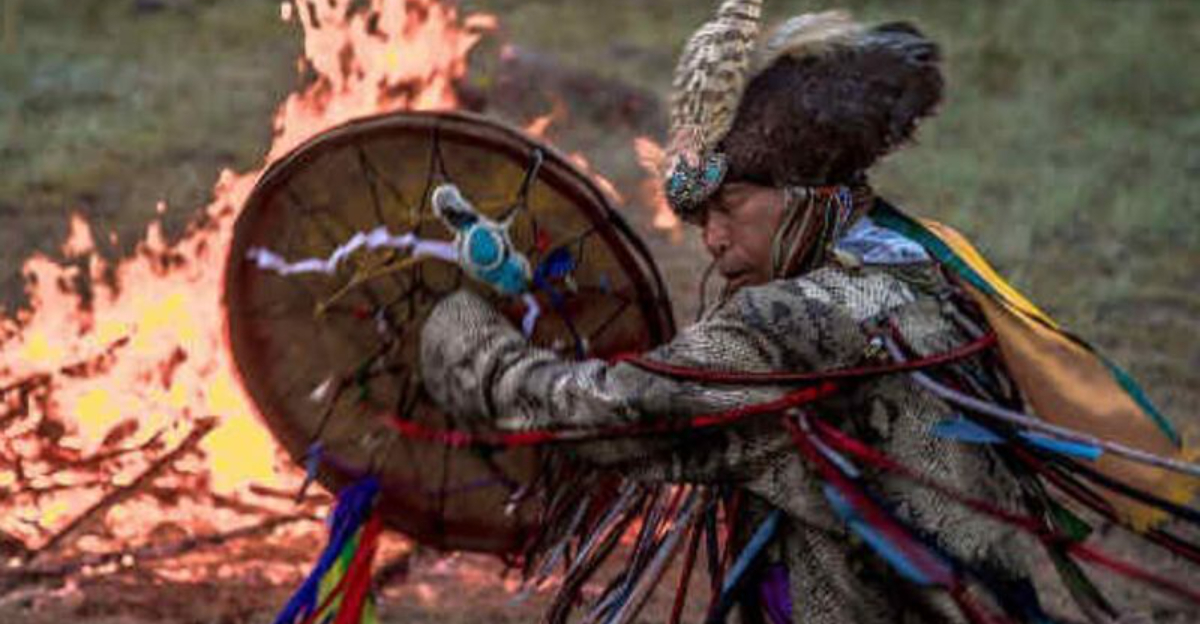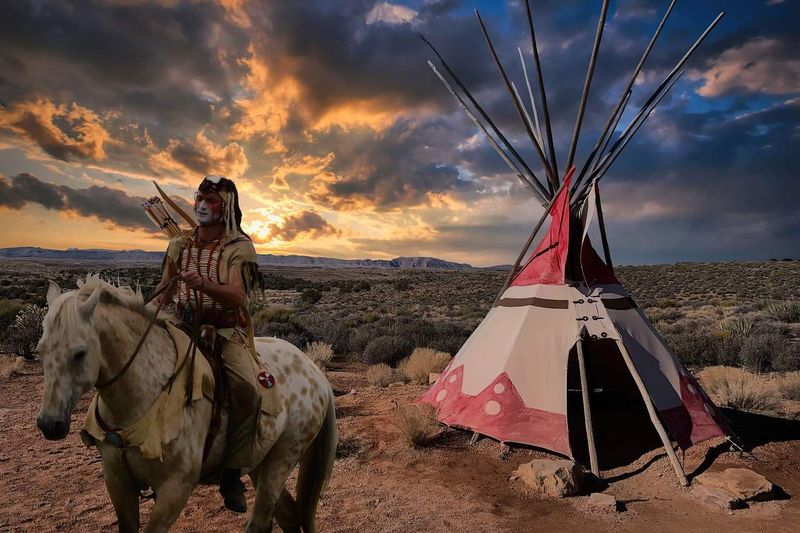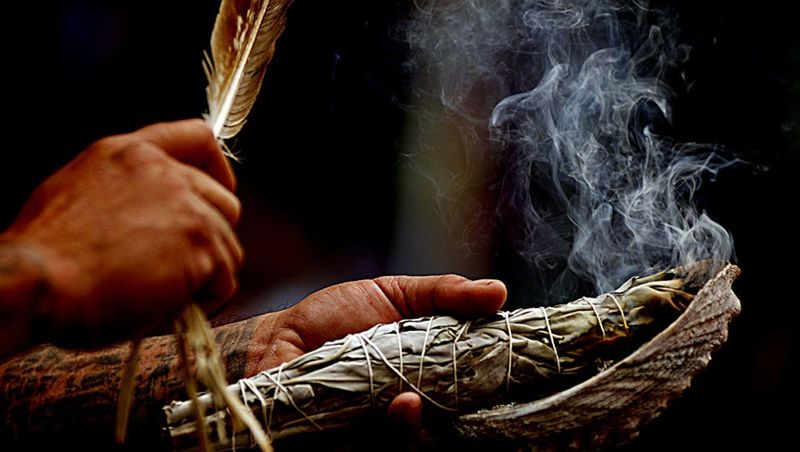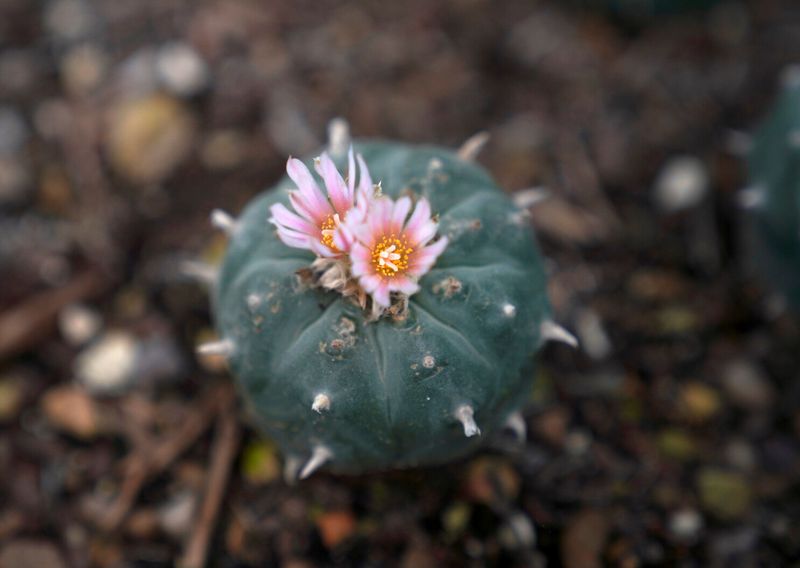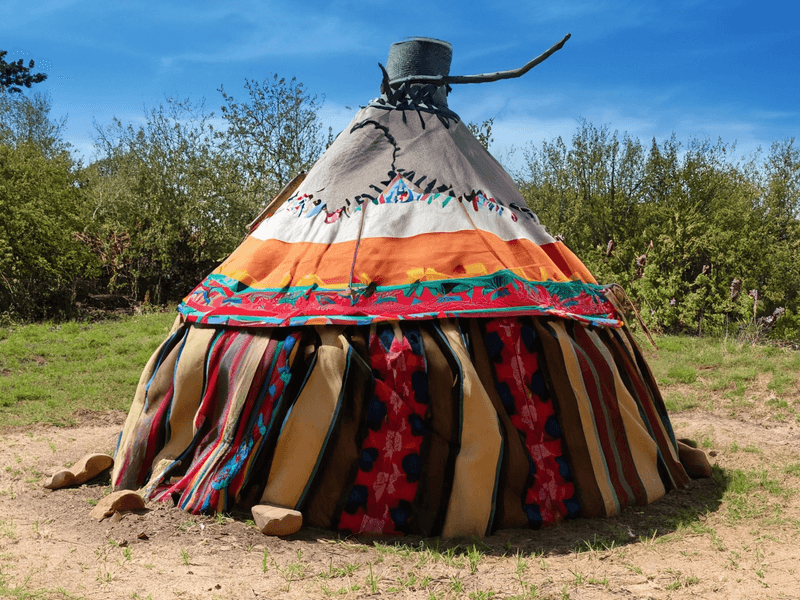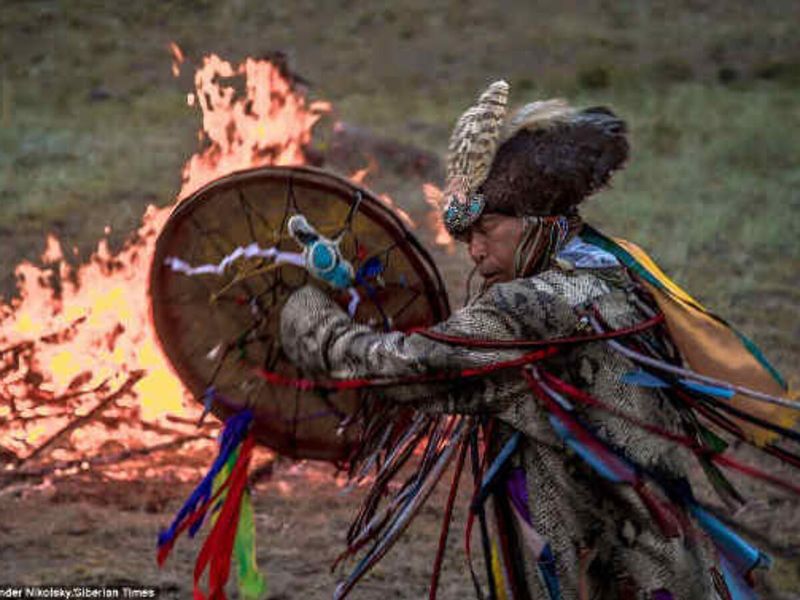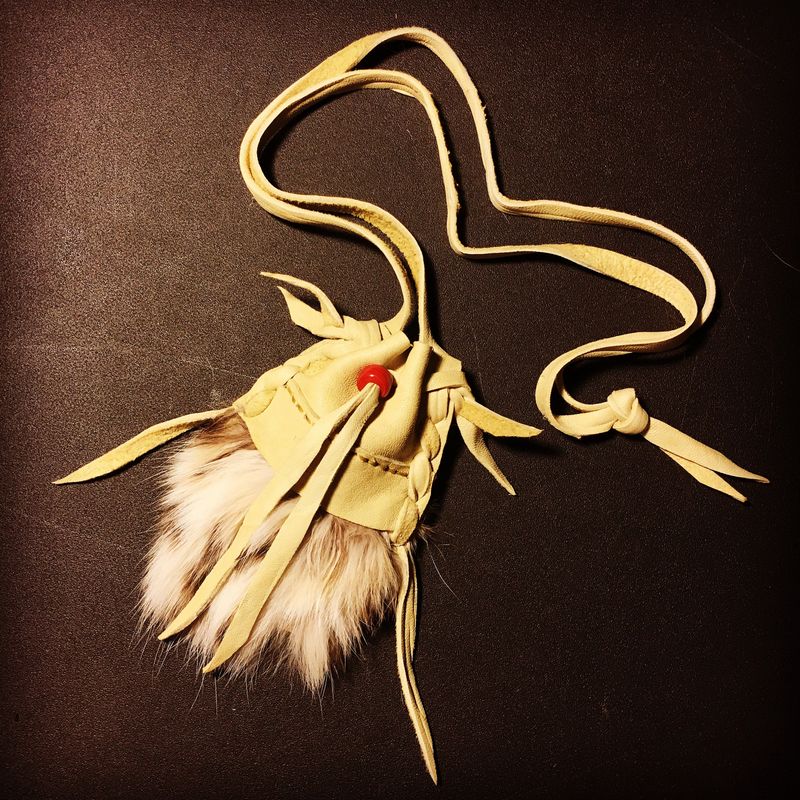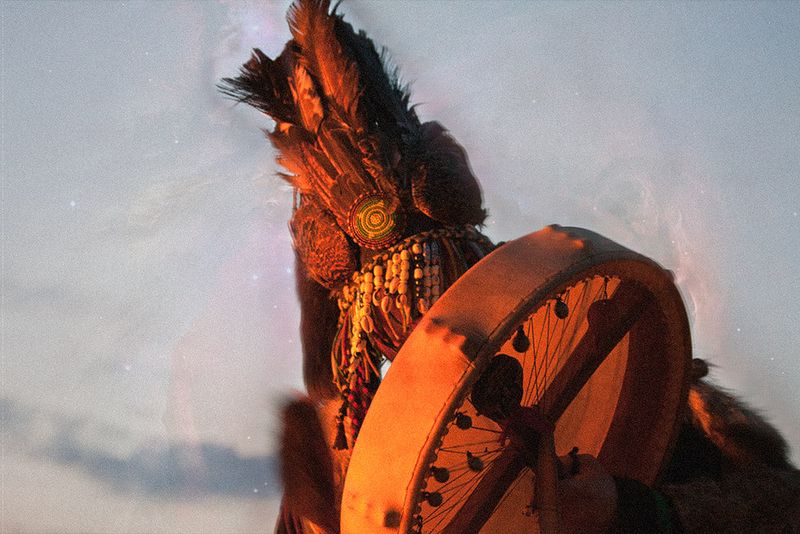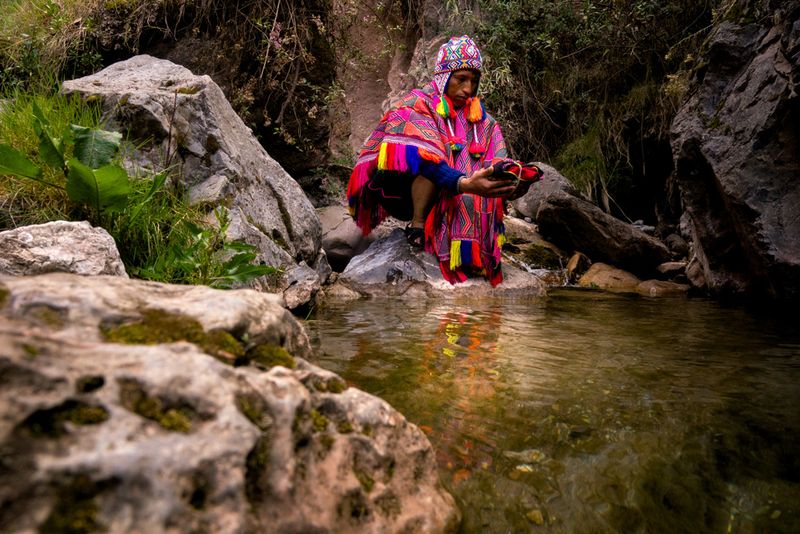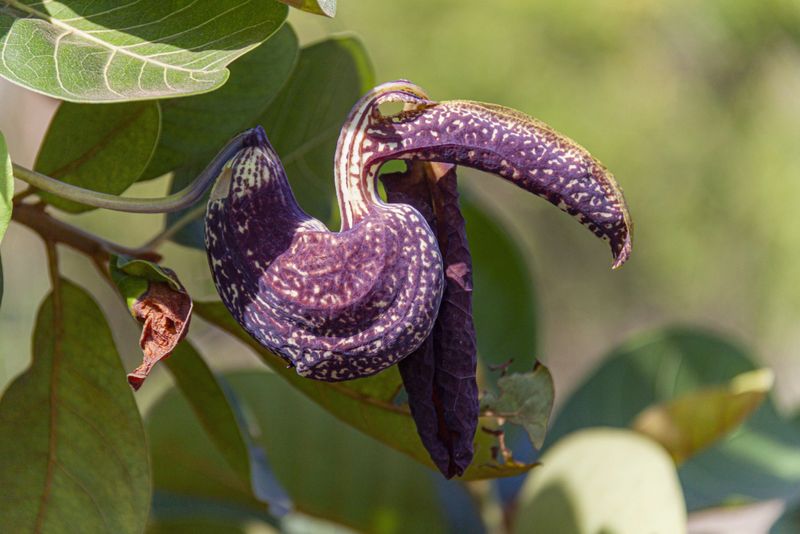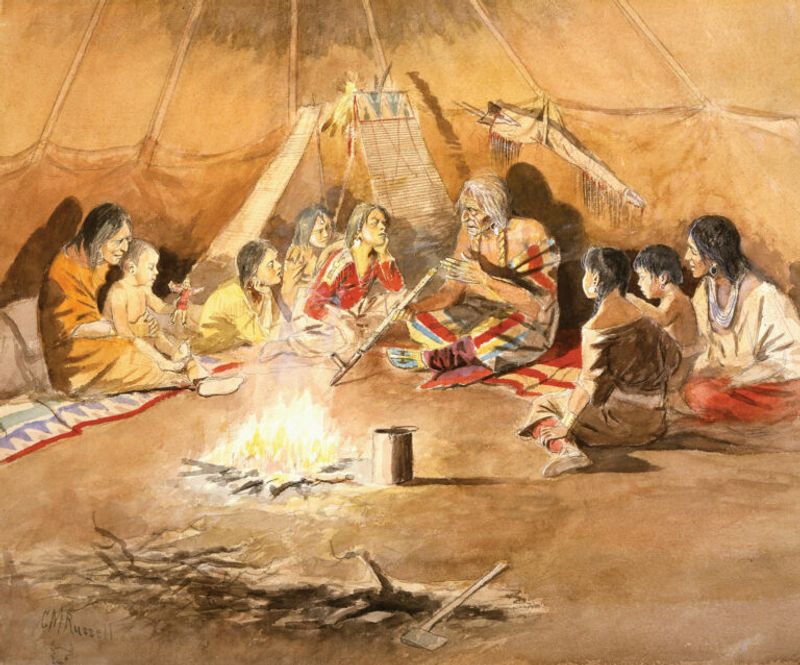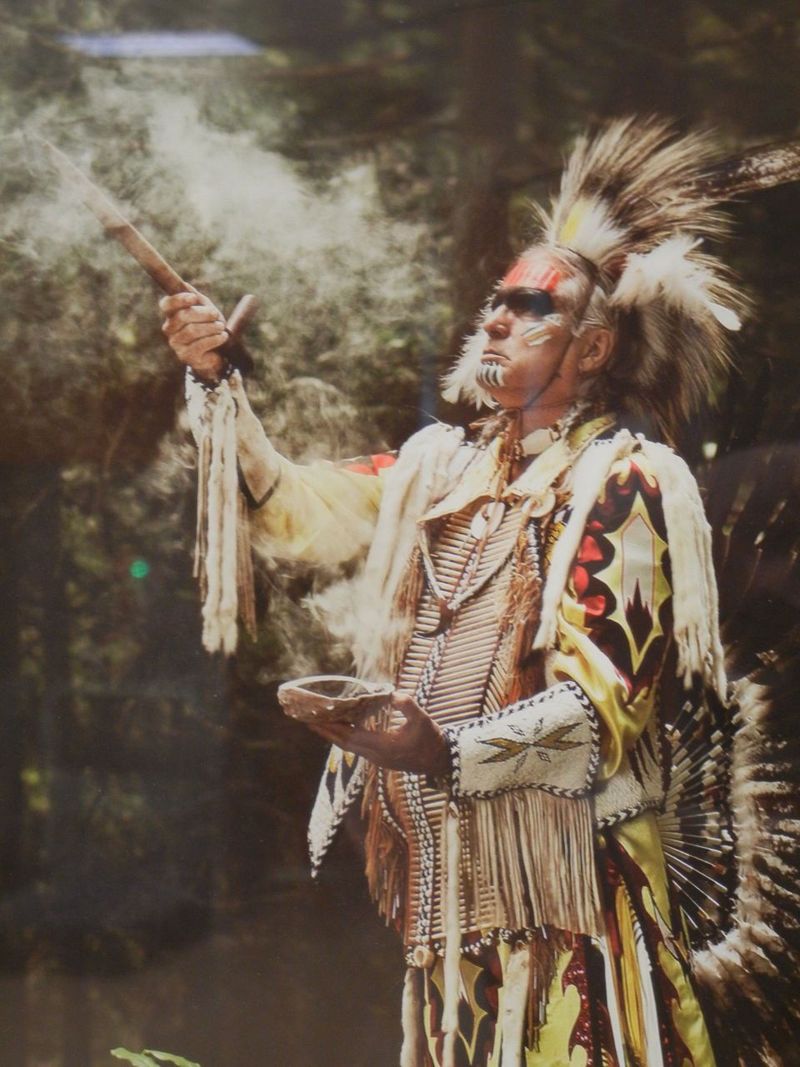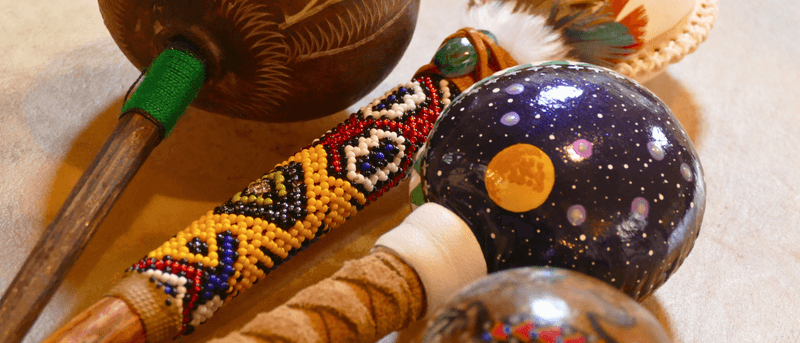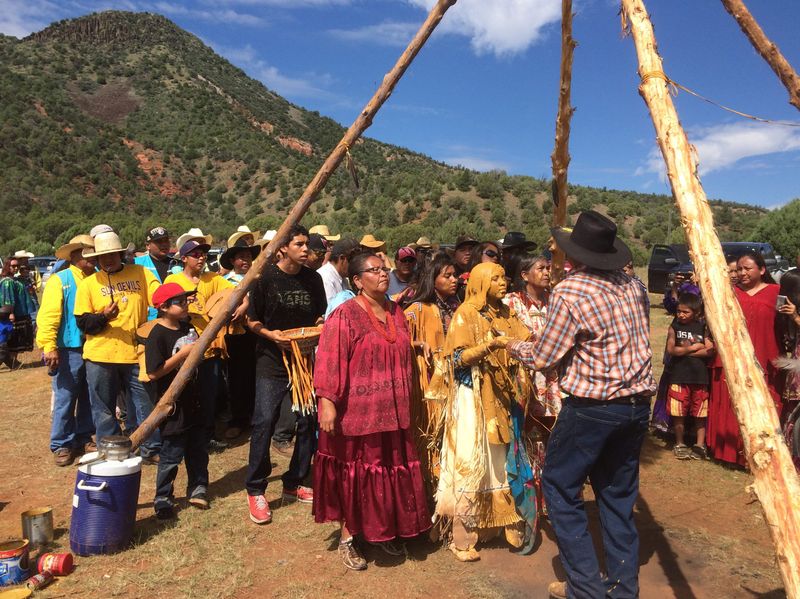Native American shamans have served as spiritual bridges between worlds for thousands of years. These respected healers and wisdom-keepers maintain harmony between humans, nature, and the spirit realm through sacred rituals and practices. Their ancient methods continue to fascinate modern seekers who recognize the profound connection these traditions have with the natural world.
1. Vision Quests: Seeking Spiritual Direction
The wilderness becomes a classroom during a vision quest. Young tribe members venture alone into nature, fasting for days while praying for spiritual guidance. The physical hunger opens doorways to visions, dreams, and messages from the spirit world. Animals might appear as guides, or ancestors may share wisdom during this powerful journey. Upon returning, the seeker often receives a new name reflecting their spiritual identity. This rite of passage transforms not just the individual but strengthens the entire community. The insights gained during vision quests provide direction for personal growth and sometimes reveal a healing path or special purpose.
2. Spirit Journeying: Traveling Between Worlds
Shamans master the art of soul flight—the ability to send their consciousness beyond physical boundaries. Through rhythmic drumming, rattling, or sacred plants, they enter trance states where ordinary rules don’t apply. During these journeys, shamans might retrieve lost soul fragments, communicate with ancestors, or battle spiritual illnesses. The drum’s heartbeat serves as an anchor, helping them find their way back to their bodies. Unlike ordinary dreams, these journeys feel more real than reality itself. Experienced shamans navigate specific spiritual landscapes with intention, bringing back healing knowledge that cannot be accessed through ordinary means.
3. Smudging Rituals: Sacred Smoke Cleansing
Aromatic smoke rises from bundles of dried herbs, carrying prayers upward while clearing negative energies. White sage, sweetgrass, cedar, and tobacco—each plant brings unique cleansing properties to smudging ceremonies. The shaman wafts smoke over people, spaces, or objects using a feather or hand. Bad feelings, thoughts, and influences dissolve into the purifying cloud. Many Native tribes begin important gatherings with smudging to create sacred space. Modern research confirms what shamans always knew—these herbs release antimicrobial compounds that actually purify the air. The practice connects participants to ancestors who used the same plants for countless generations.
4. Plant Medicine Ceremonies: Nature’s Sacred Pharmacy
Hidden within roots, leaves, and flowers lie powerful medicines that heal both body and spirit. Shamans spend lifetimes learning which plants open doors to other realms and which bring the body back to balance. Ceremonial use of tobacco offers prayers to Creator, while plants like peyote facilitate profound spiritual connections. Unlike recreational use, these plants are approached with reverence and specific protocols. Before harvesting, shamans ask the plant’s permission and leave offerings of gratitude. The relationship between healer and plant is personal—living allies rather than mere substances. Knowledge of plant medicine ceremonies represents one of humanity’s oldest healing traditions.
5. Sweat Lodge Purification: Steam of Renewal
Darkness envelops participants as water hits red-hot stones, releasing cleansing steam in the womb-like sweat lodge. The intense heat opens pores while prayers open hearts in this powerful purification ritual. Four rounds honor different directions and aspects of life. Between rounds, lodge leaders share teachings, songs, and prayers that connect participants to ancient wisdom. The combination of physical challenge and spiritual focus creates profound healing. Many describe feeling reborn when emerging from the lodge. The ceremony removes physical toxins while also releasing emotional burdens and spiritual blocks. This sacred space allows people to sweat out what no longer serves them and reconnect with their true selves.
6. Sacred Drumming: Heartbeat of the Spirits
Steady drumbeats echo the first sound we ever hear—our mother’s heartbeat. Shamans harness this primal rhythm to shift consciousness and open doorways between worlds. Hand-crafted from wood and animal hide, each drum carries its own spirit and voice. The repetitive pattern creates brain wave changes that allow shamans and community members to access trance states. Many healing ceremonies center around the drum’s powerful vibrations. Scientific studies show drumming reduces stress hormones and boosts immune function. Beyond physical benefits, the drum represents the heartbeat of Mother Earth herself. When communities drum together, their hearts synchronize, creating powerful bonds.
7. Power Animal Connections: Spirit Allies in Nature
Bears bring strength, eagles offer vision, and wolves teach family loyalty—power animals share their unique gifts with those who honor them. Shamans develop relationships with these spirit helpers through dreams, visions, and ceremonial dances. Unlike pets or possessions, power animals choose the human rather than the reverse. They appear during challenging times to offer guidance or protection. Many tribal names and clans reflect these sacred animal connections. Children learn to recognize animal messages through stories and observation. The boundaries between human and animal worlds become fluid in shamanic practice. By embodying animal spirits during healing work, shamans access extraordinary abilities not available in ordinary human consciousness.
8. Medicine Bundles: Portable Sacred Power
Small leather pouches contain big medicine—personal collections of spiritually charged objects that connect shamans to their power sources. A hawk feather for sharp vision, a special stone from a meaningful place, herbs gathered under specific moon phases—each item carries unique energy. Medicine bundles require regular attention through prayers, offerings, and ceremonial feeding. Some bundles pass through generations, accumulating power with age. Others are created for specific purposes like healing or protection. Far more than physical objects, these bundles represent living relationships between the shaman and spiritual forces. Modern practitioners still create these portable altars, finding that certain objects naturally gather and hold spiritual energy for future use.
9. Divination Practices: Reading Nature’s Signs
Messages from spirits appear in unexpected places—the pattern of stones in a stream, the flight path of birds, or the trembling of a shaman’s hands. These divination methods reveal hidden information about illness causes or future events. Some shamans cast bones or shells, reading messages in how they fall. Others interpret dreams or watch smoke patterns rising from sacred fires. The natural world becomes a living text for those trained to read its subtle language. Hand trembling—when a shaman’s hands shake involuntarily—indicates spirit communication. The movements point toward healing locations on a patient’s body or reveal hidden information. These ancient techniques continue today, offering guidance when modern approaches fail.
10. Water Ceremonies: Flowing with Sacred Liquid
Water holds memory and medicine in Native traditions. Rivers, lakes, and springs serve as portals for prayers and places of powerful healing energy. Dawn ceremonies often begin with water offerings, acknowledging this element as the source of all life. Some tribes conduct special rituals during full moons when water’s energy peaks. Shamans learn to listen to water spirits and receive guidance from these elemental beings. Ceremonial bathing cleanses more than physical bodies—it washes away spiritual and emotional impurities. Water ceremonies remind participants of life’s continuous flow and the importance of adaptation. By honoring water, shamans maintain balance with one of Earth’s most powerful medicines.
11. Soul Retrieval: Healing Ancient Wounds
Trauma can cause soul fragmentation—parts of our essence break away for protection. Soul retrieval represents one of shamanism’s most profound healing practices, bringing back these lost pieces. The shaman journeys into non-ordinary reality to find, negotiate with, and return soul fragments to the patient. Sometimes these parts fled during childhood traumas or remained trapped in past relationships. Rattles, drums, and prayer create the sacred container for this deep healing work. When soul parts return, patients often experience dramatic healing of long-standing issues. Memories may surface, energy returns, and chronic problems resolve. This ancient practice addresses the spiritual dimensions of trauma that modern psychology is only beginning to understand.
12. Herbal Wisdom: Green Allies and Healing
Shamans walk with plant teachers at their side, learning which leaves cool fevers and which roots strengthen the heart. This green knowledge comes through direct communication with plant spirits rather than books. Before gathering medicines, offerings are made and permission requested. The relationship between healer and plants grows through dreams, visions, and careful observation. Many tribal healers can identify hundreds of medicinal plants and their specific applications. Modern pharmaceutical companies now study these traditional plant remedies. Aspirin came from willow bark, while many cancer treatments derive from plants first used by indigenous healers. This ancient pharmacy continues offering solutions to contemporary health challenges.
13. Sacred Fire Keeping: Tending the Flame
Fire represents transformation—turning wood to ash, darkness to light, and prayers to spirit messages. Many ceremonies begin by lighting sacred fire according to ancient protocols that honor this powerful element. Designated fire keepers maintain ceremonial flames, sometimes for days during important gatherings. The fire becomes an altar where tobacco prayers are offered and a doorway through which spirits enter. Elders read messages in the flames’ patterns and the way smoke moves. Fire ceremonies mark seasonal transitions and community milestones. The flames consume what needs release while illuminating new beginnings. By maintaining traditional fire practices, shamans honor one of humanity’s oldest spiritual technologies.
14. Oral Traditions: Medicine in Stories
Stories carry medicine through generations—teaching values, preserving history, and encoding spiritual knowledge in memorable narratives. Shamans master the art of storytelling as a healing tool. Winter traditionally brings storytelling season when special teaching tales can be shared. Some stories belong to specific clans or seasons and cannot be told out of context. The act of telling and listening creates a field of shared consciousness that builds community bonds. Creation stories explain not just how things began but how to live in proper relationship with all beings. Animal tales teach important life lessons through engaging characters. By keeping these stories alive, shamans ensure cultural survival and spiritual continuity.
15. Sacred Pipe Ceremonies: Smoke Prayers Rising
The ceremonial pipe represents one of Native America’s most powerful spiritual tools. Its two parts—bowl and stem—symbolize the union of earth and sky, female and male energies coming together in balance. When filled with tobacco and other sacred plants, the pipe becomes a living altar. Smoke carries prayers upward while participants receive blessings with each inhale. The pipe travels in a circle, creating community connection through shared ceremony. Peace pipes historically sealed important agreements between tribes. The sacred pipe teaches responsibility—how we conduct ourselves affects all relations. Many tribes maintain special pipe carriers who protect these ceremonial objects and the traditions surrounding them.
16. Rattle Healing: Shaking Away Illness
Shamans shake turtle shell rattles filled with sacred seeds, creating vibrations that dislodge spiritual intrusions from patients’ bodies. The rattle’s sound represents raindrops—life-giving medicine falling from the sky. Different rattles serve different healing purposes. Some call specific spirit helpers, while others target particular illnesses. The rhythmic sounds create sonic landscapes where healing can occur outside ordinary reality. Patients report feeling energy shift as the shaman works with rattles around their bodies. The sound waves actually change cellular patterns. Modern sound healing draws from these ancient practices. Rattles continue serving as essential tools for contemporary medicine people.
17. Life Passage Ceremonies: Honoring Transitions
Birth, naming, coming-of-age, marriage, death—shamans guide their communities through life’s pivotal moments with sacred ceremonies. Each transition receives appropriate recognition, helping people integrate major life changes. Naming ceremonies bestow identity and purpose. Puberty rituals acknowledge the sacred transition from child to adult. Marriage ceremonies bind not just individuals but families and clans. Death ceremonies ensure the soul’s journey continues smoothly to the next world. By marking these passages, shamans help maintain balance between worlds. These ceremonies create container spaces where transformation happens safely. Modern people increasingly turn to these ancient practices to bring meaning to life transitions.
